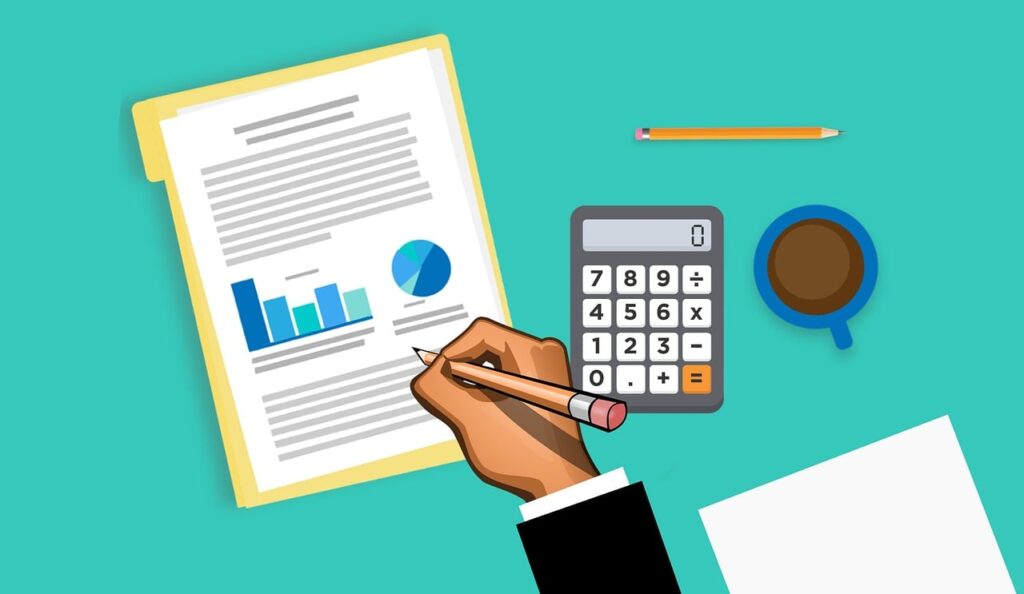In 2025, the sales and communication landscape is undergoing a radical transformation. With AI-powered calls replacing cold outreach, collaborative documents streamlining client interactions, and digital workflows accelerating every step of the sales funnel.
Businesses are leaning into smarter technology to close deals faster, reduce friction, and deliver more personalized experiences.
In this article, we’ll dive deeper into showing you more of the future of sales and communication.
Smarter Sales Conversations
This shift isn’t about replacing salespeople. It’s about freeing them up. With AI handling the admin, prompting next steps, and tracking key moments, teams can close faster and sound more human while doing it.
Smarter Voice for Scaling Sales Teams

Smarter calls are no longer a futuristic concept. They’re here, and completely changing how sales teams communicate.
With AI-augmented voice technology, reps no longer need to fumble with rigid scripts or waste time logging notes. Intelligent assistants can now join live calls, transcribe in real time, analyze tone and sentiment, and even suggest on-the-spot responses. The result? Salespeople get to stay focused on building rapport, while the admin work takes care of itself in the background.
But AI alone isn’t enough. Sales teams also need tools built for speed and scale. Tools that integrate seamlessly with CRMs, simplify onboarding, and offer real-time insights without adding friction.
That’s where Aircall’s phone solution for SMBs comes in, offering built-in transcription, CRM syncing, and smart call insights to help sales teams stay agile as they grow.
And when the team is busy, onboarding new reps, scaling outbound, or juggling time zones, smarter voice tools keep everyone aligned. No missed context, no scattered follow-ups. Just clearer conversations, faster decisions, and more time selling.
Unified Communication Infrastructure

Sales teams work best when everything and everyone is connected. That’s where a unified communication infrastructure saves the day. Instead of having to juggle through different applications for calls, email, video meetings, and chats, everything lives in one place. It means less switching, fewer missed messages, and way more clarity.
Whether you’re checking in with a lead, collaborating with your team, or hopping on a quick video call, it all flows smoothly, you save time, and keep the focus on what matters: Building strong relationships and closing deals.
Here are some key tech pieces that make communication flow smoothly:
- UCaaS platforms bring voice, chat, and video together in one easy cloud-based system. Aircall is one of these, built to help sales teams handle calls without the usual headaches. Other big names include RingCentral and Zoom Phone.
- 5G and edge tech make sure your calls and live demos don’t drop or lag, even if you’re on the move. This tech helps communication tools work fast and reliably, no matter where you are.
- Enterprise-grade security means your calls and data stay locked down tight. Encryption and strict access controls keep everything safe and private.
Easier cross-collaboration between sales, marketing, and support
It’s no longer enough for sales to work in a silo. Real success comes from aligning sales, marketing, and support. And today’s tools are finally making that seamless.
Shared dashboards and real-time data access mean everyone stays on the same page. Marketing can see which messages are driving conversions, sales know what content to share next, and support can step in with helpful context when it’s needed.
It’s not just about working smarter, but making sure that all team members are on the same page, the customer experience improves, and the whole business moves faster.
Document-Driven Selling
These days, documents aren’t just the files you send; they’re tools that help move deals along, build trust with buyers, and keep things moving.
Turning Proposals Into Presentations Instantly
Sometimes moving a deal forward means adapting documents quickly, turning a detailed proposal into a sharp, client-ready presentation without rebuilding from scratch.
That’s where Smallpdf’s PDF to PowerPoint feature comes in. This instantly converts static PDFs into editable PowerPoint slides, giving sales teams the agility to customize pitches on the fly and keep conversations moving smoothly.
Digital Sales Rooms (DSRs) & Integration
Digital Sales Rooms (DSRs) are transforming the way deals are closed by creating a single, unified space for buyers and sellers to collaborate. Instead of juggling endless email threads and attachments, DSRs bring everything into one secure and interactive environment.
DSRs put everything you need to move a deal forward in one spot. Even better, they connect seamlessly with your existing tools like CRMs, e-signature apps, and analytics platforms. You can see when someone views a document, how long they spent on a slide, or whether they opened your proposal at all.
That kind of insight helps sales teams follow up more effectively and keep the momentum going. For buyers, it’s a simple and clean experience. Overall, DSRs help teams stay organized and connected.
Seamless Document Management with AI

Managing documents no longer has to slow your sales process down. With AI-powered tools, sales teams can create and update documents much faster than the time it used to take before.
65% of organizations are using some form of Artificial Intelligence (AI) for at least one business function.
This makes it easier for all sales teams since they don’t need to hunt through folders or wonder if someone saw files they shouldn’t have; smart systems keep everything organized and up to date. They can even surface the right documents at the right time, based on where a lead is in the pipeline. It’s efficient and a huge win for busy teams looking to stay focused on selling instead of paperwork.
Automation and Predictive Sales: Working Smarter, not Harder
Sales enablement isn’t just about handing reps playbooks or running training sessions anymore. The real difference comes from automation that frees your team from busywork and gives them the right tools and insights exactly when they need them.
Automated workflows take care of lead routing, follow-ups, personalized email sequences, and proposal creation. That means reps spend less time on repetitive tasks and more time building real connections.
On top of that, predictive sales uses AI and data to take the guesswork out of your pipeline. Instead of relying on gut feeling, you get clear signals about which leads are ready to buy, when to reach out, and what message will land.
It’s like having a crystal ball that’s always getting better — tracking past behavior, buying trends, and engagement to help your team focus on what matters most. The result is smarter outreach, better timing, and a sales process that scales without wearing out your people.
Empowering Digital Self-service

Today’s buyers don’t need to wait for a sales call or dig through emails; they want answers right away. That’s why digital self-service is becoming a must-have in the sales process. From interactive product demos to instant pricing calculators and knowledge bases, buyers can explore, compare, and even make decisions without ever speaking to a rep.
This shift puts the power in their hands, and that’s a good thing. When buyers feel in control, trust builds faster, and sales cycles move quicker.
Some important features include:
- Guided demos and ROI calculators: Buyers can explore products and pricing independently before speaking with sales.
- On-demand content libraries: Video walkthroughs, case studies, and FAQs are readily available within the DSR.
- Personalized product tours: AI customizes demos based on industry, role, or previously viewed content.
Hyper-personalization and Agile Selling
71% of consumers expect companies to deliver personalized interactions.
This means that buyers today expect more than a generic pitch; they want to feel understood. That’s where hyper-personalization and agile selling come in. With access to real-time data, sales teams can tailor messages, offers, and outreach based on each buyer’s unique behavior, industry, and needs.
It’s not just about using their name in an email; it’s about delivering the right solution at the right moment. Agile selling adds another layer, giving reps the flexibility to pivot quickly as conversations evolve or priorities shift.
Together, these shift strategies make sales more relevant, more responsive, and far more effective. In a world where attention is limited, personalized and adaptable selling isn’t just smart, it’s essential.
The future of Sales and Communication in 2025 is All About Working Smarter
The future of sales and communication in 2025 is all about working smarter, not harder. With AI-enhanced calls, unified digital tools, and more, sales teams are better equipped than ever to connect with customers, move faster, and close deals with confidence.
Automation and real-time insights are the new standard. As buyers gain more control and expectations rise, businesses that embrace these innovations will stay ahead of the curve. The tools are here, the shift is happening, and the opportunity to sell more efficiently has never been greater.






0 Comments